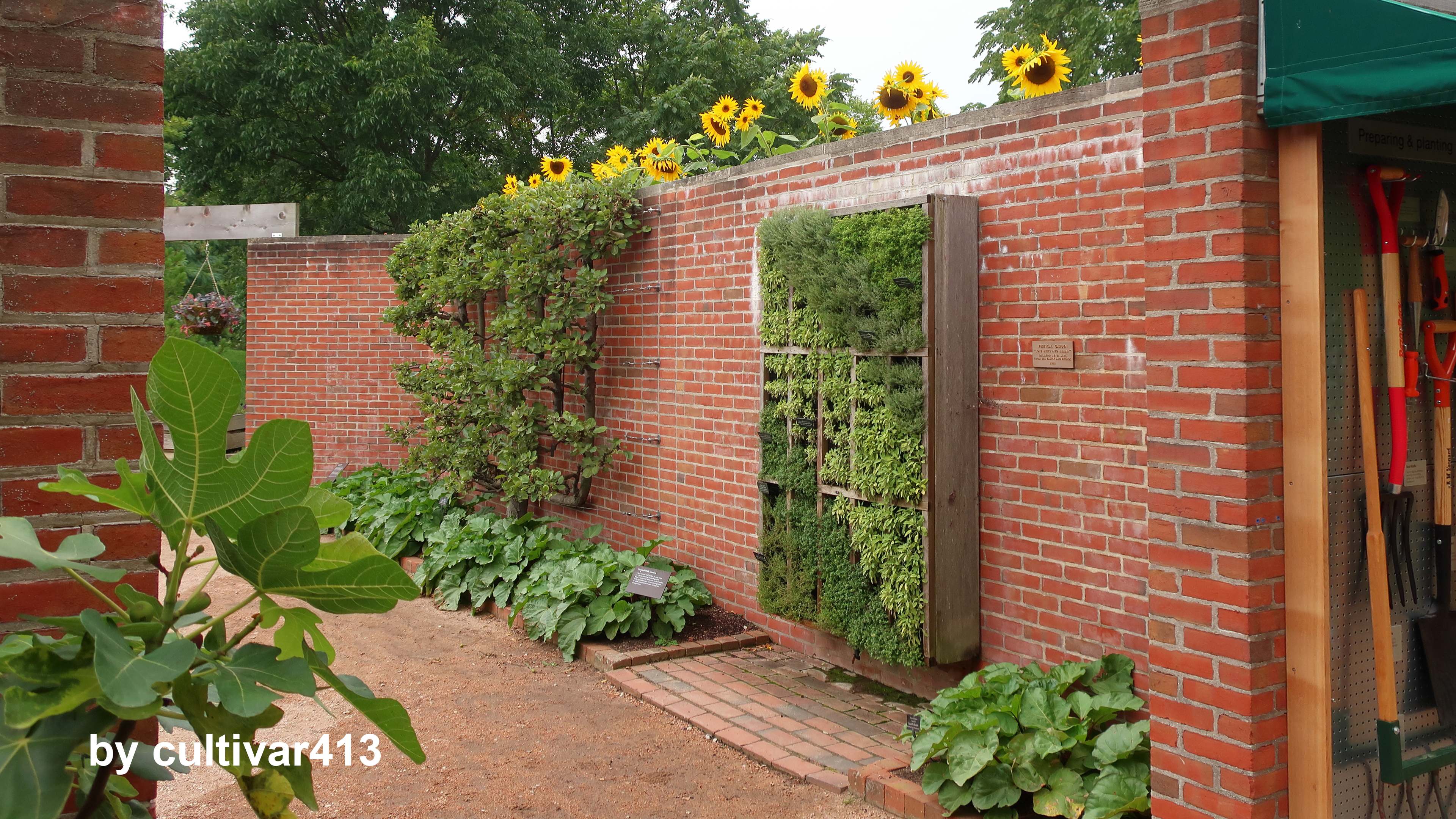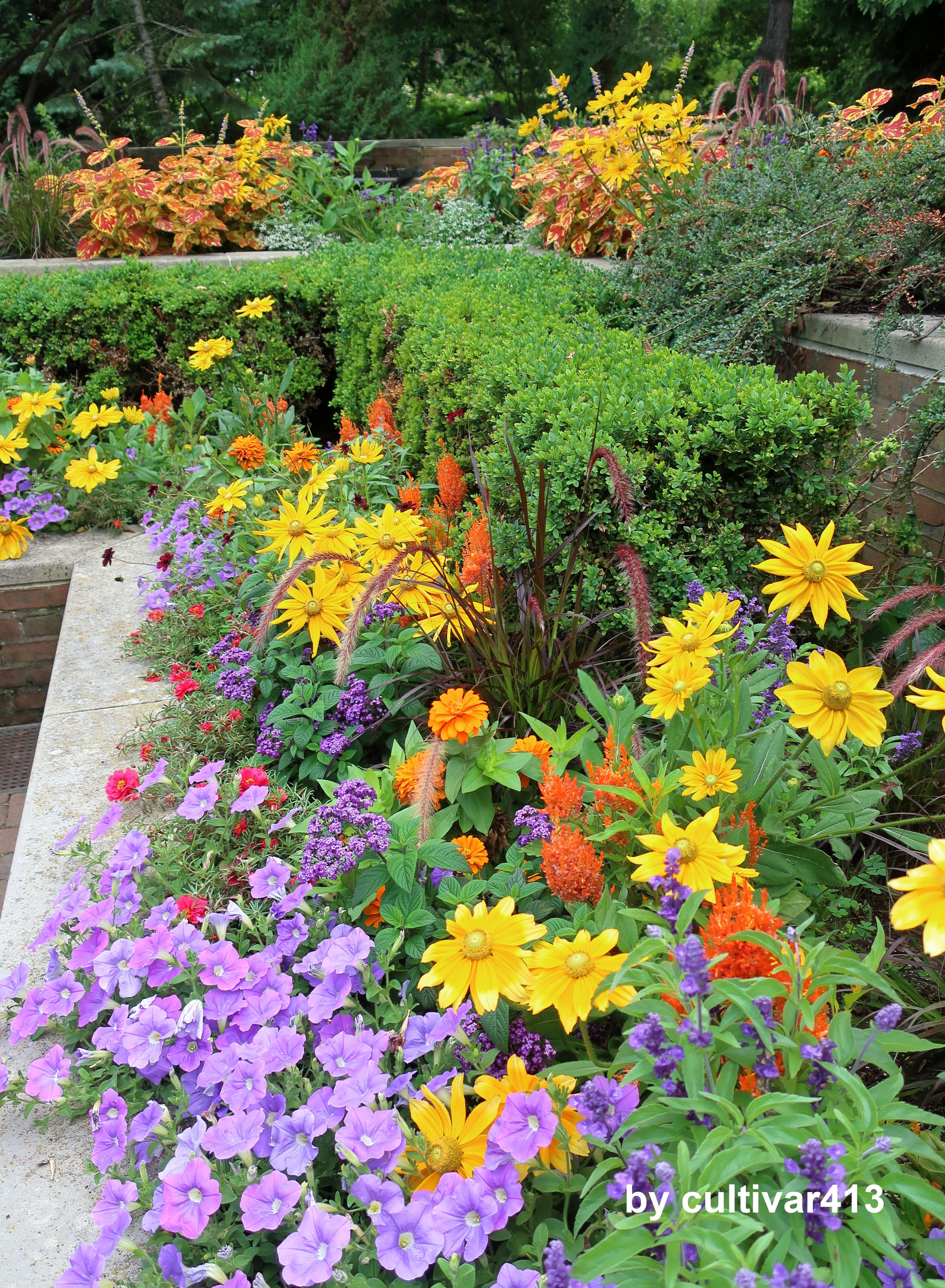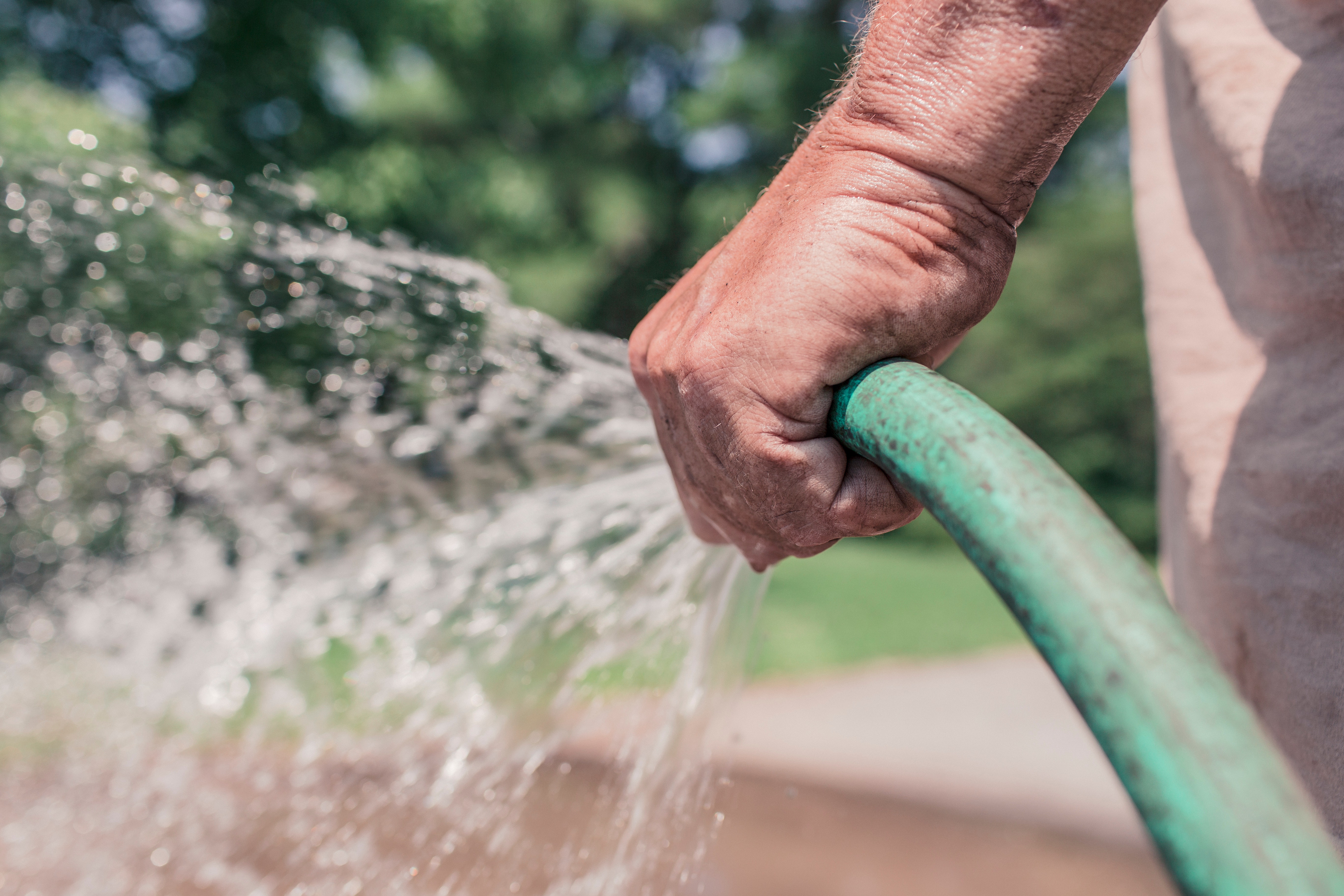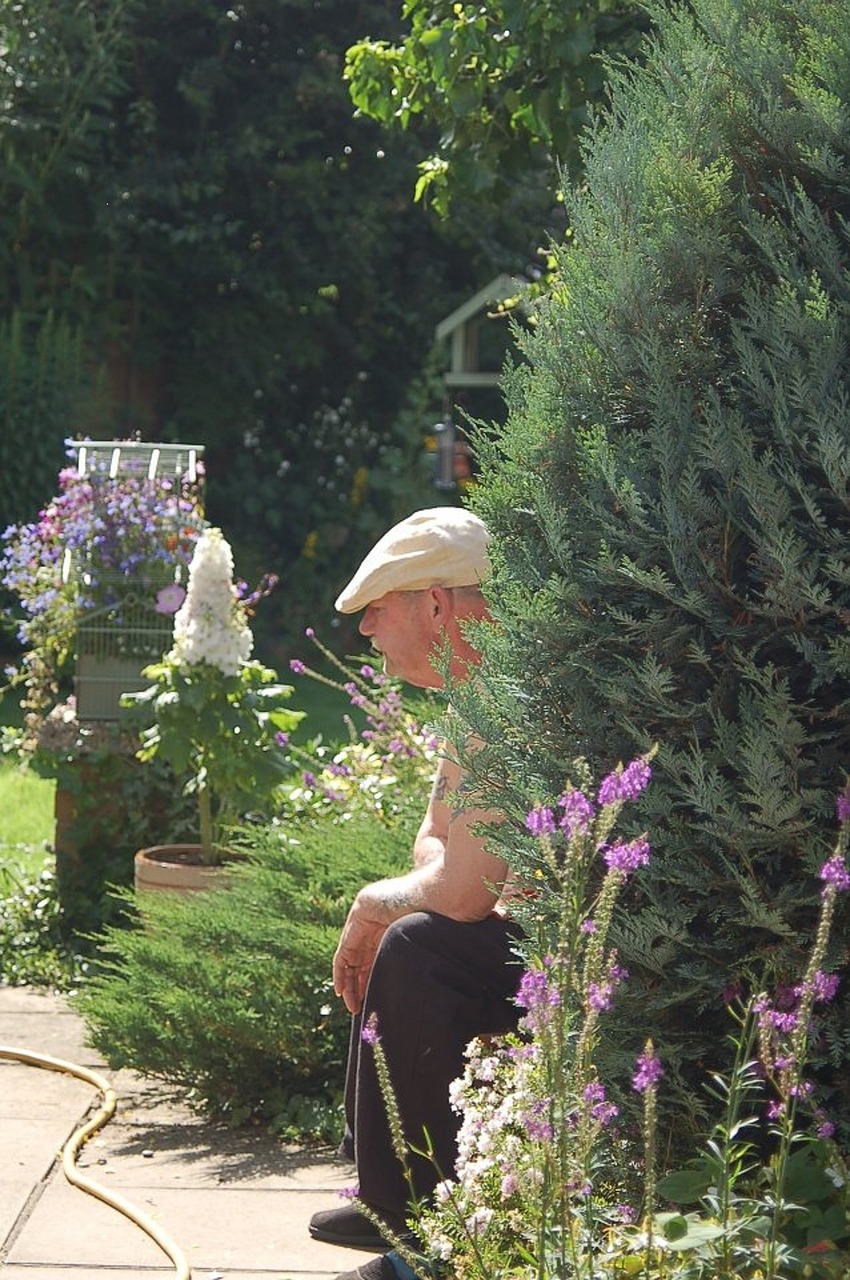By Sandra Nelson
While wandering around the Chicago Botanic Garden last summer, I stumbled upon (no pun intended) an area dedicated to Accessible Gardening — gardening for people with special needs or physical limitations. Feeling my aches and pains more and more every day, the prospect of discovering ways to make strenuous gardening tasks doable was intriguing.
I know that I am not alone in wanting to find ways to prolong my gardening life. The most recent figures show that currently over 52 million United States citizens are aged 65 years or older. That number is expected to keep climbing, reaching 95 million by 2060. Even though a sizable percentage remain active and in the workforce, many (almost 32%!) struggle with physical difficulties. Issues with walking, lifting, hearing, seeing and cognition are common problems reported by older Americans.
Gardening has the power to nourish both the body and the spirit. Like a workout at the local gym, a session in the garden helps to strengthen muscles, keeps the heart, lungs and circulatory system healthy, bolsters vitamin D and improves flexibility and stamina. As important as the physical benefits are though, the emotional connections that are established may be even more essential to our overall well-being. Research study after research study now confirms that spending time in nature reduces anxiety and depression while significantly lowering stress levels. It calms and slows the brain, allowing a respite from a frenzied world. Maintaining a garden can quiet negative thoughts, install confidence and improve self-esteem.
With so many positives in the balance, it is crucially important to keep people with limitations in touch with nature. Implementing adaptive gardening techniques is an easy way to do so. The first, and probably most important, step in adaptive gardening is to realistically assess any physical limitations since the results will help determine exactly what type of garden adaptations need to be made. Is mobility an issue? Balance? Strength? Will the conditions remain relatively stable, or are they likely to change quickly?
Next, evaluate the garden area. How do the layout and the design compare to the current needs? Is the garden functional for someone with limited reach or mobility? Can the middle be comfortably worked from all sides? Is there room to maneuver if a wheelchair or a scooter is necessary for mobility? Would vertical gardening, raised beds or container gardening make daily maintenance less of a challenge? How easy is it to access water? Dragging hoses or multiple buckets of water across a yard quickly becomes a discouraging chore for the young and fit; for someone with a physical limitation, it can mean an end to gardening.
Finally, examine the existing equipment. Are doors to storage areas wide enough to accommodate walkers, wheelchairs or scooters (typically 48 inches)? Are garden tools and containers kept close to work areas or is there extra walking needed to retrieve tools? If they’re hung in a shed or garage, are the tools set at a comfortable reach (usually no higher than the top of the head)? Are they ergonomically designed to reduce back, wrist and hand strain? Are they cleaned and sharpened so that tasks are easier to complete?
Because gardening adaptations are directly tied to specific needs, there isn’t a one-size-fits-all formula we can outline. There are however, a few general guidelines that can be considered. All gardeners, but especially those with limitations, need a comfortable, shady place to sit and rest for a few minutes. To keep from overheating and dehydration, drinking 8 oz of fluid (water is best) every hour is recommended. Sunscreen, wide-brimmed hats and long-sleeves (keep the fabrics light weight) help to protect against photo sensitivity that is a common side effect of many medications. Schedule gardening tasks early in the day when temperatures are lower. Finally, carry a cell phone in case of emergency.
FOR LIMITED MOBILITY
- Design pathways at 48 inch width to accommodate wheelchairs, walkers and scooters
 .
. - Strategically place benches or stools for seating.
- Build raised beds. Design beds to slant inward to accommodate wheelchairs, walkers and scooters.
- Widen the edges of raised beds to allow for seating.
- Attach grab bars on the side of beds in case of falls.
- Adapt tools for better leverage.
- Use vertical gardening techniques to make plants accessible.
FOR JOINT OR MUSCLE LIMITATIONS
- Avoid heavy clay, concrete or ceramic containers that may need to be moved.
- Use wheeled caddies to move pots.
- Use a four-wheeled cart rather than a wheelbarrow for hauling.
- Use a garden bench with handles that can provide leverage for standing.
- Purchase hand tools with padded handles.
- Plant seed tapes instead of manipulating individual seeds.
FOR VISUALLY IMPAIRED
- Keep borders and beds within a three foot width.
- Keep paths as straight and level as possible. Signal changes with contrasting materials.
- Wooden boards can be notched to create planting templates.
- Choose (or paint) hand tools with bright colors.
- Choose hand trowels with etched in markings to indicate soil depth.
- Plant brightly colored plants.
- Use signage with large, easy to read lettering.
FOR PROBLEMS WITH COGNITION
- Plant familiar varieties, especially ones with strong fragrance, to trigger recognition.

- Position a stationary focal point for orientation.
- Use signage to remind gardeners where they are
- Create a sense of enclosure to promote a sense of safety.









